A Look Back At The Golden Age Of Aviation
The Golden Age of Aviation is often considered the period between the 1920s and the 1950s, a time when aviation made leaps and bounds in technology and popularity. During this era, the world witnessed the transformation of flight from a novel experiment into a vital part of daily life. Pilots became heroes, and airplanes turned into symbols of progress and innovation, captivating the imagination of the public.
The Dawn of Commercial Air Travel
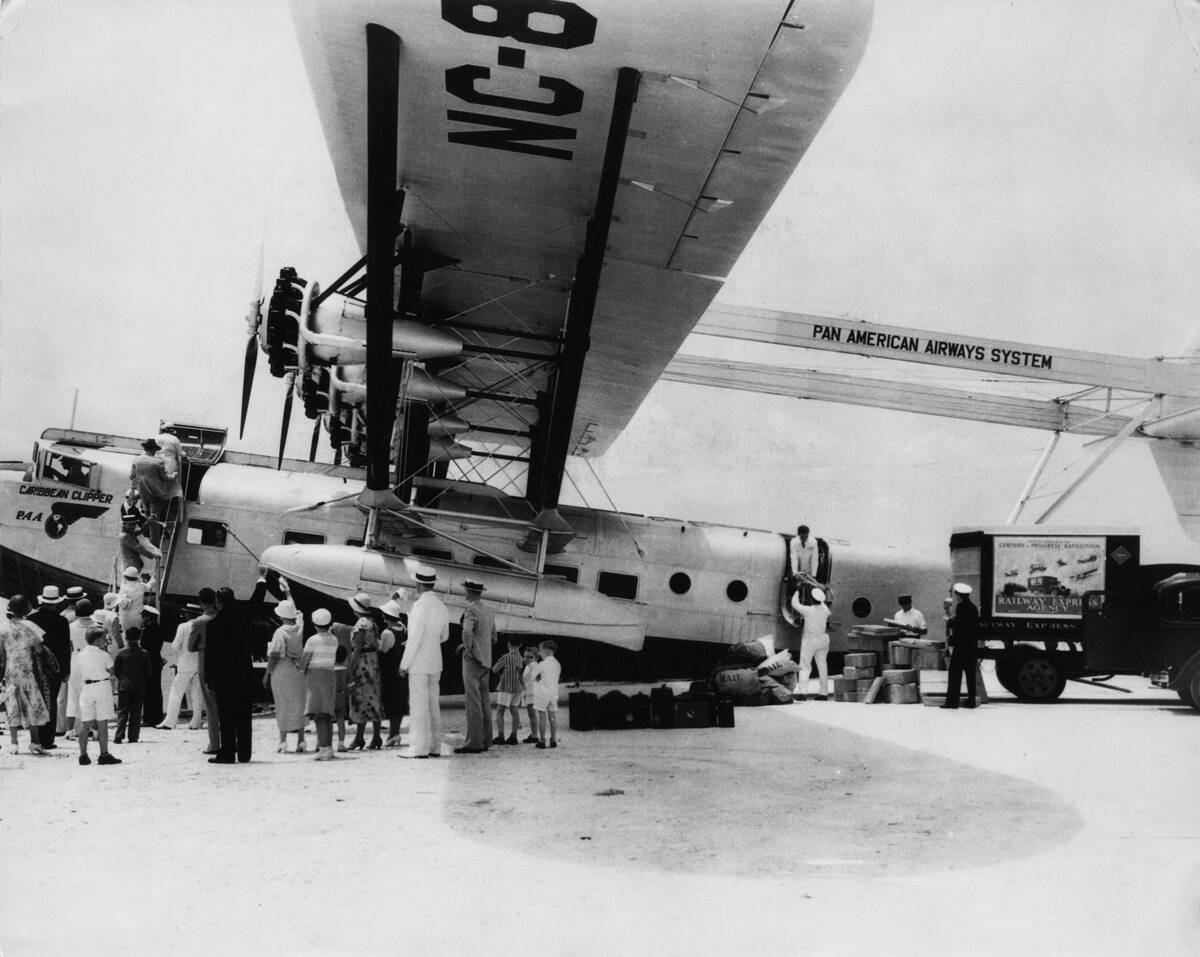
Commercial air travel began to take off in the 1920s, with the first scheduled international passenger flight in 1919 between London and Paris.
By the 1930s, airlines like Pan American and Imperial Airways started to expand their routes, making long-distance travel more accessible. This era marked the transition from mail flights to carrying passengers, setting the stage for the global aviation networks we know today.
Iconic Aircraft of the Era
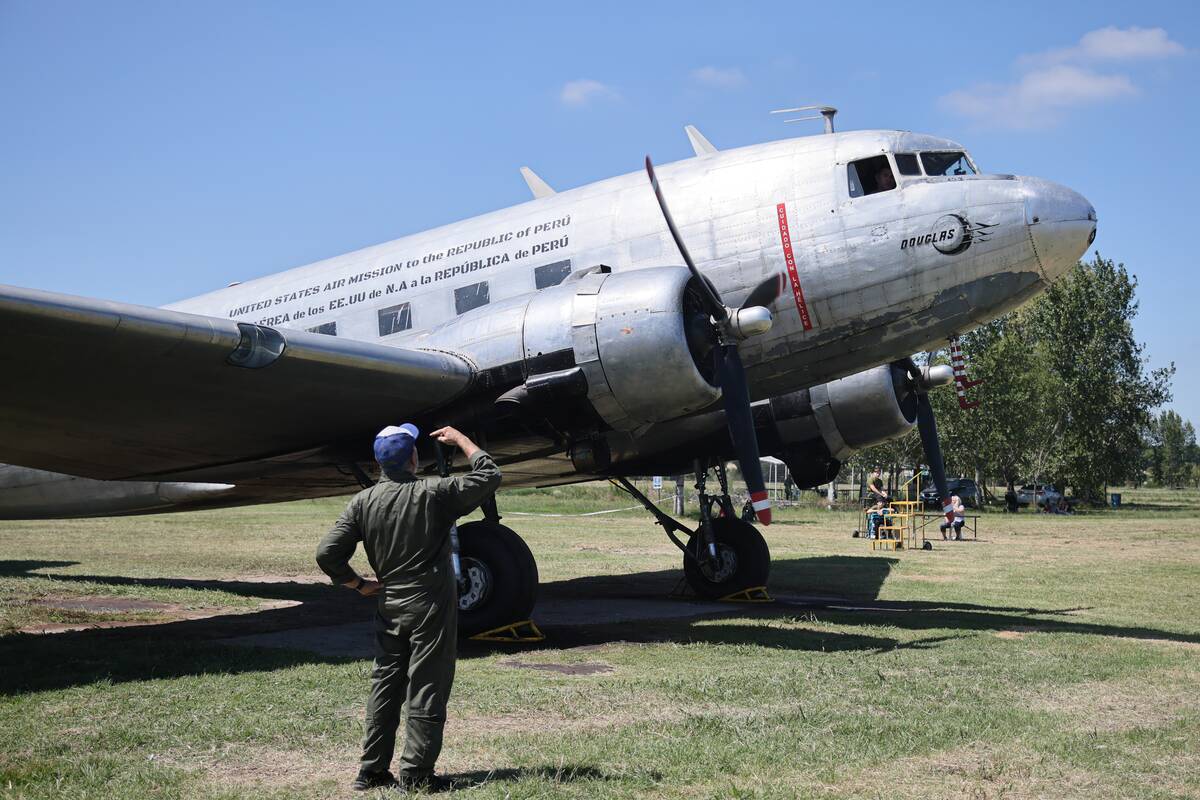
The Golden Age boasted some of the most iconic aircraft designs, including the Douglas DC-3 and the Lockheed Constellation. The DC-3, introduced in the mid-1930s, revolutionized air travel with its reliability and efficiency, becoming the standard for commercial flights.
Meanwhile, the sleek and elegant Lockheed Constellation, known for its distinctive triple-tail design, symbolized luxury in air travel during the 1940s.
Legendary Pilots Who Took to the Skies
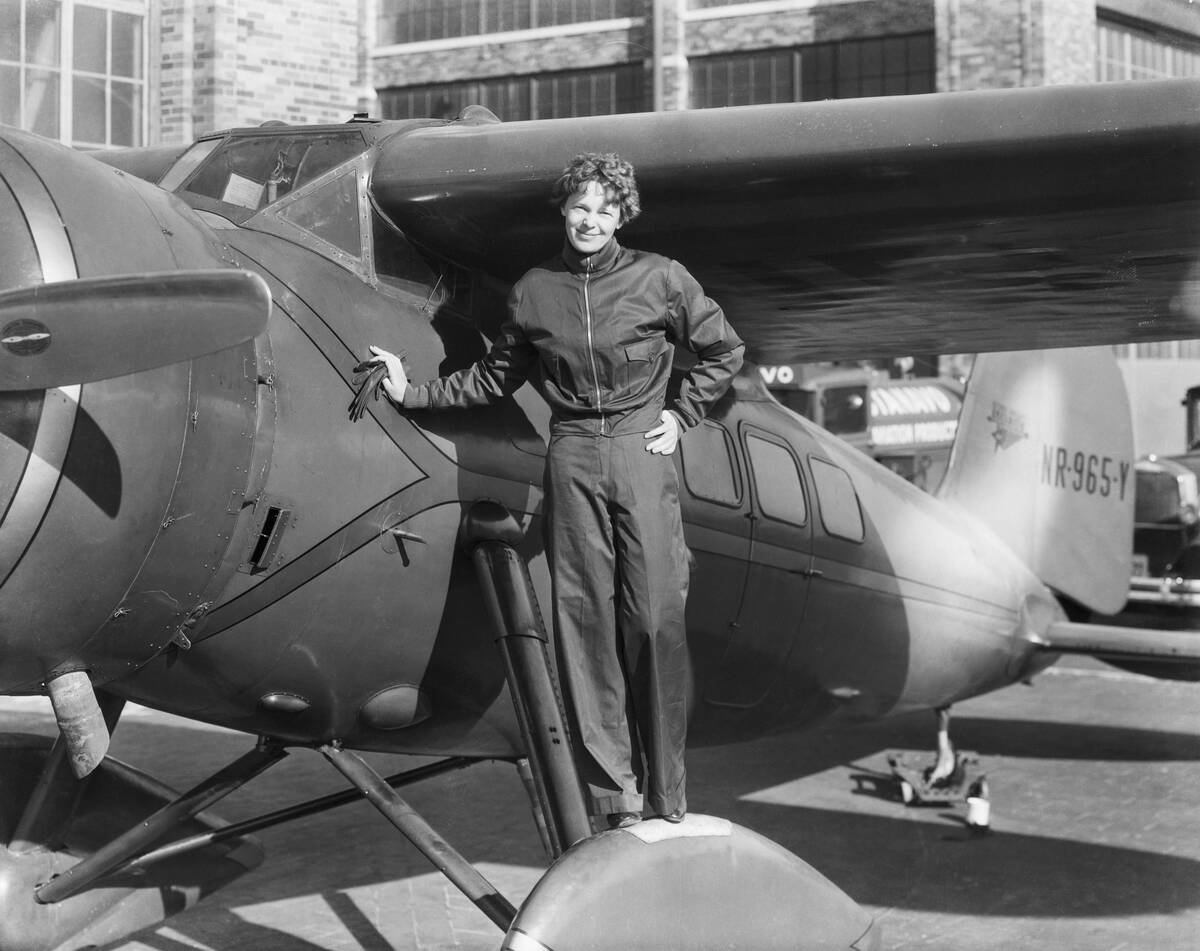
The era was graced by legendary pilots like Amelia Earhart and Charles Lindbergh, who captured the world’s attention with their daring feats.
In 1927, Lindbergh became the first person to fly solo nonstop across the Atlantic, a journey from New York to Paris in the Spirit of St. Louis. Earhart, known for her fearless spirit, became the first woman to fly solo across the Atlantic in 1932, inspiring generations of aviators.
The Rise of Air Shows and Aerial Competitions
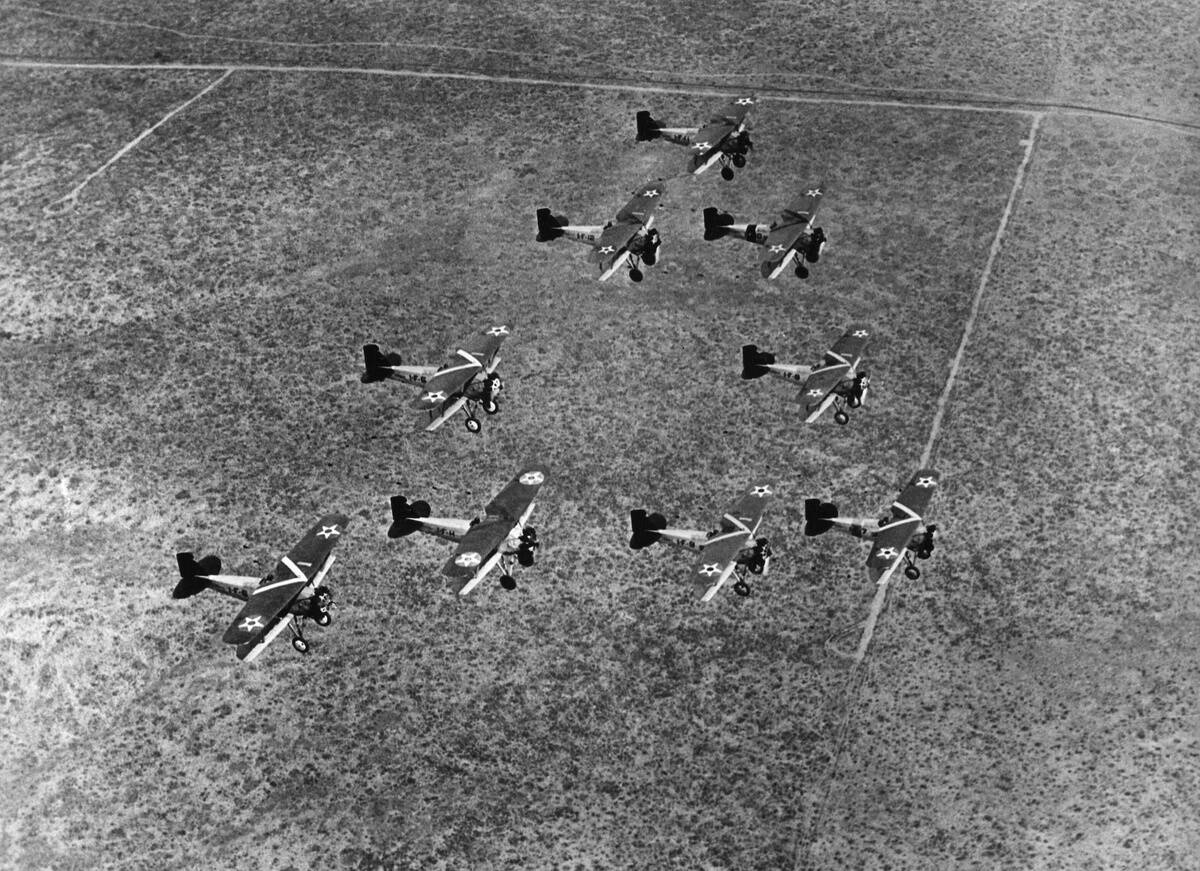
Air shows and aerial competitions gained popularity in the Golden Age, showcasing the skill and bravery of pilots. Events like the National Air Races became annual highlights, drawing crowds to watch thrilling aerobatic displays.
These spectacles not only entertained but also demonstrated the capabilities of aircraft, fostering a public fascination with aviation and encouraging technological advancements.
The Glamour of Flying: Fashion and Style in the Skies
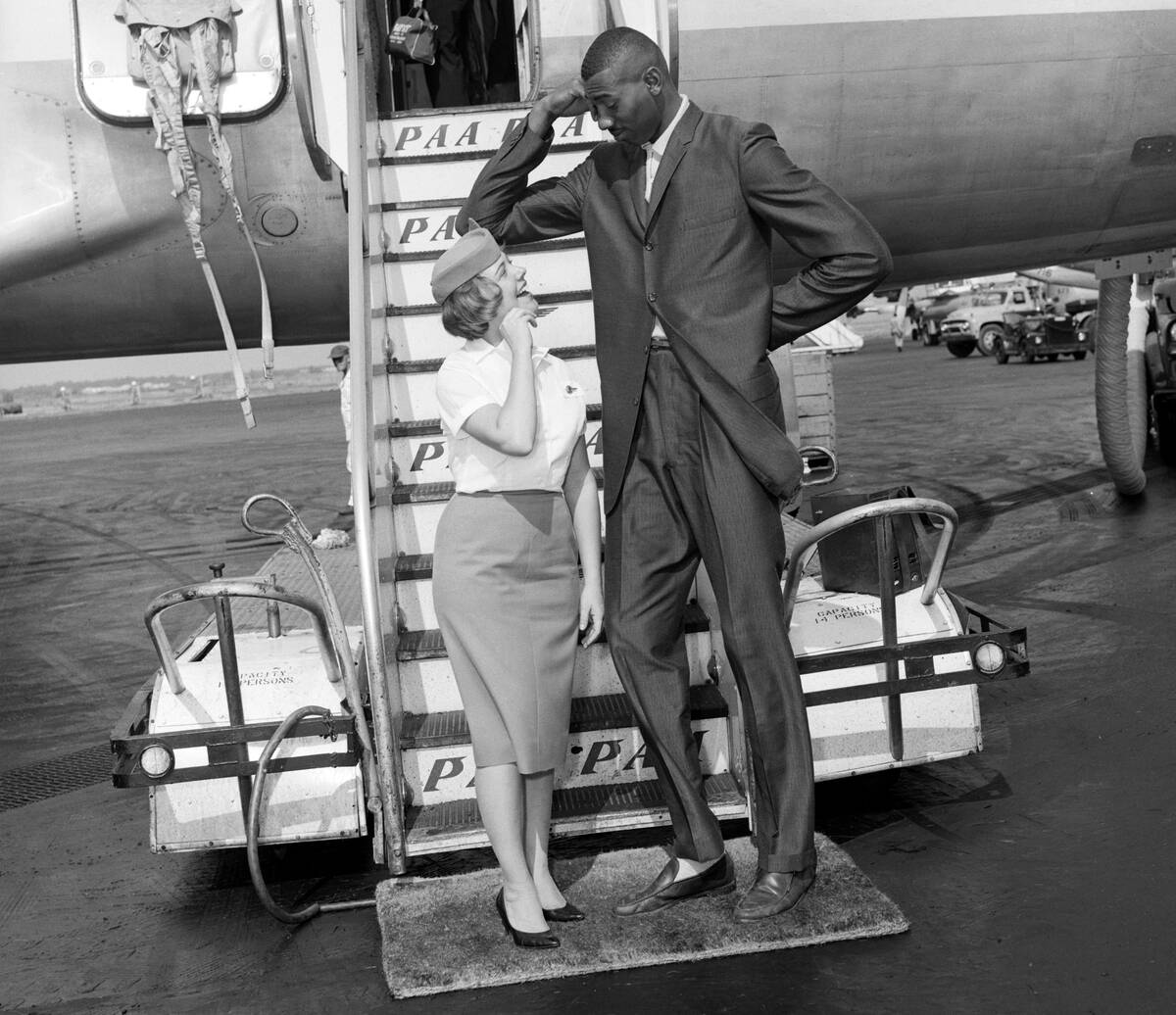
Flying during this era was not just about travel; it was an event, accompanied by a certain glamour. Stewardesses, as they were known then, donned stylish uniforms that reflected the fashion of the time, adding to the allure of air travel.
Airlines like Pan Am became synonymous with luxury, offering passengers not only a flight but an experience, complete with fine dining and impeccable service.
The Role of Aviation in World War II
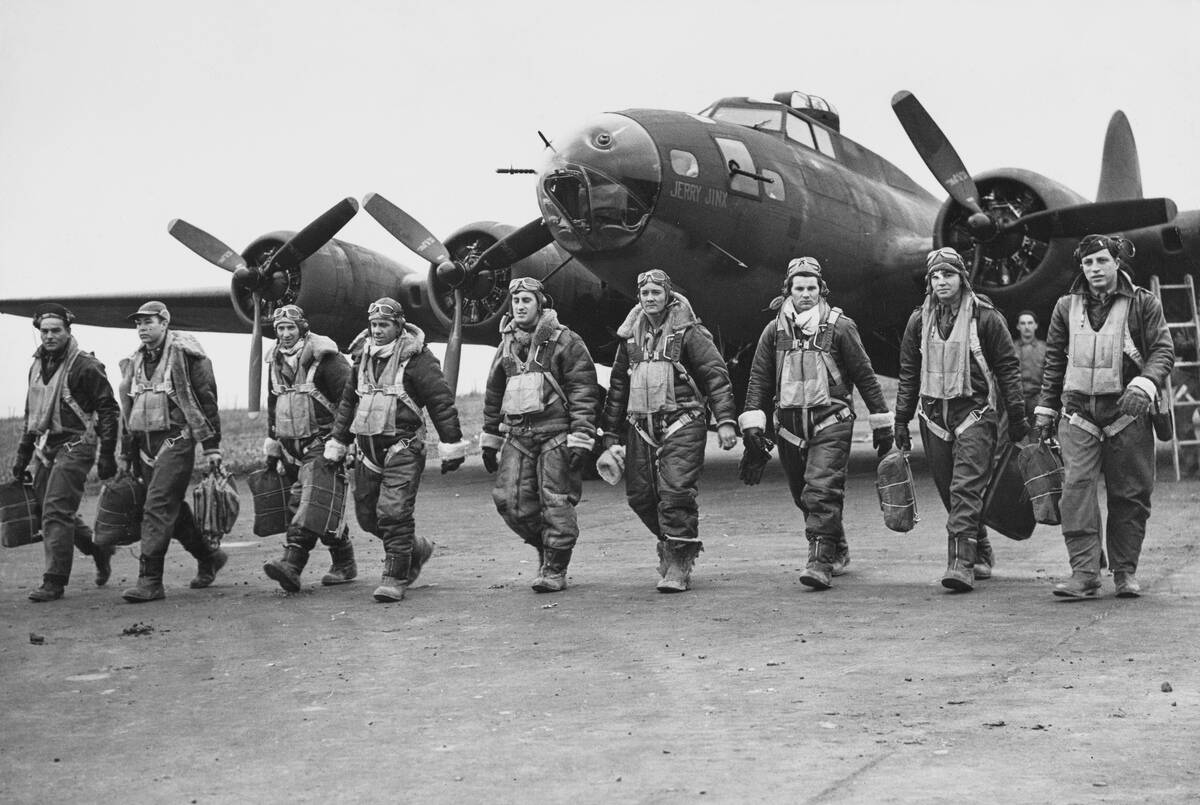
Aviation played a crucial role in World War II, with aircraft becoming essential tools of warfare. Planes like the Spitfire and the B-17 Flying Fortress were instrumental in various operations, providing air support and reconnaissance.
The war accelerated advancements in aviation technology, leading to innovations that would later benefit commercial flight, such as jet engines and radar systems.
Pioneering Airlines That Shaped the Industry
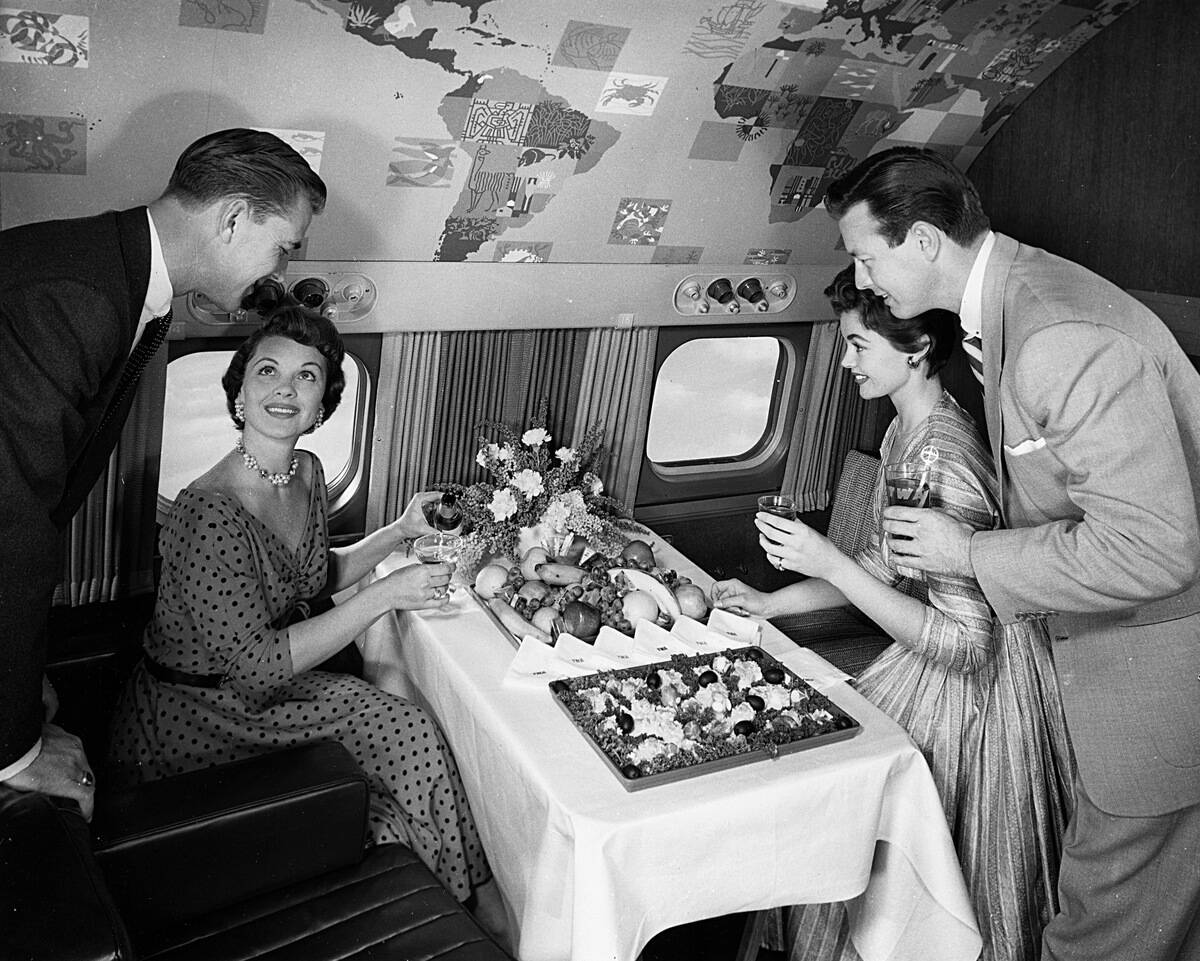
Airlines such as Pan American World Airways and TWA were pioneers in establishing international air travel routes. Pan Am was the first to launch transatlantic flights, connecting continents and setting the stage for a global airline industry.
TWA introduced in-flight services that enhanced passenger comfort, including meals and entertainment, paving the way for the modern in-flight experience.
The Evolution of In-Flight Amenities
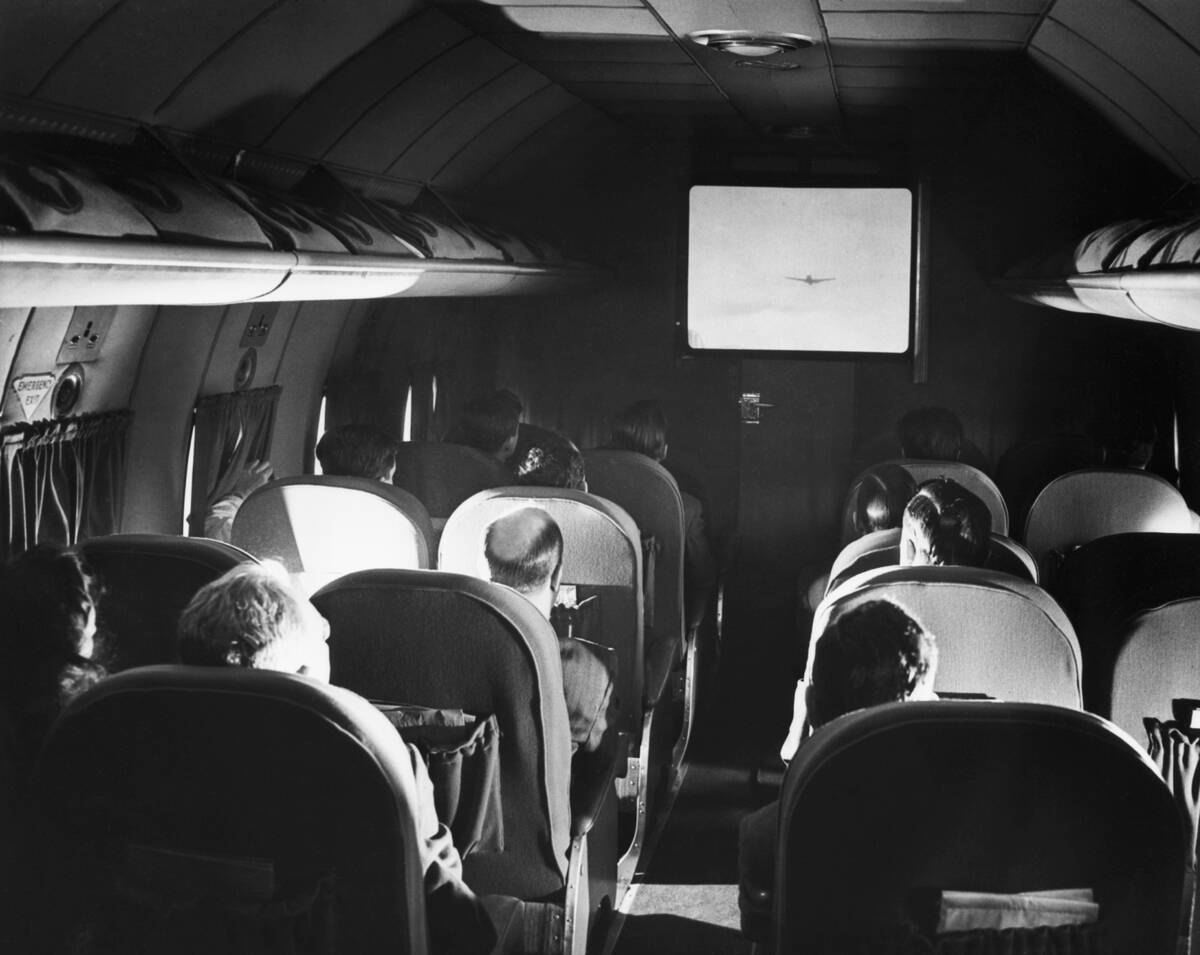
As air travel grew, so did the amenities offered to passengers. The 1930s and 1940s saw the introduction of in-flight meals, complete with fine china and silverware, creating a dining experience at 30,000 feet.
By the 1960s, airlines began to offer entertainment such as movies, turning flights into a more enjoyable experience and transforming the perception of air travel from mere transportation to a luxurious venture.
Notable Aviation Records and Achievements
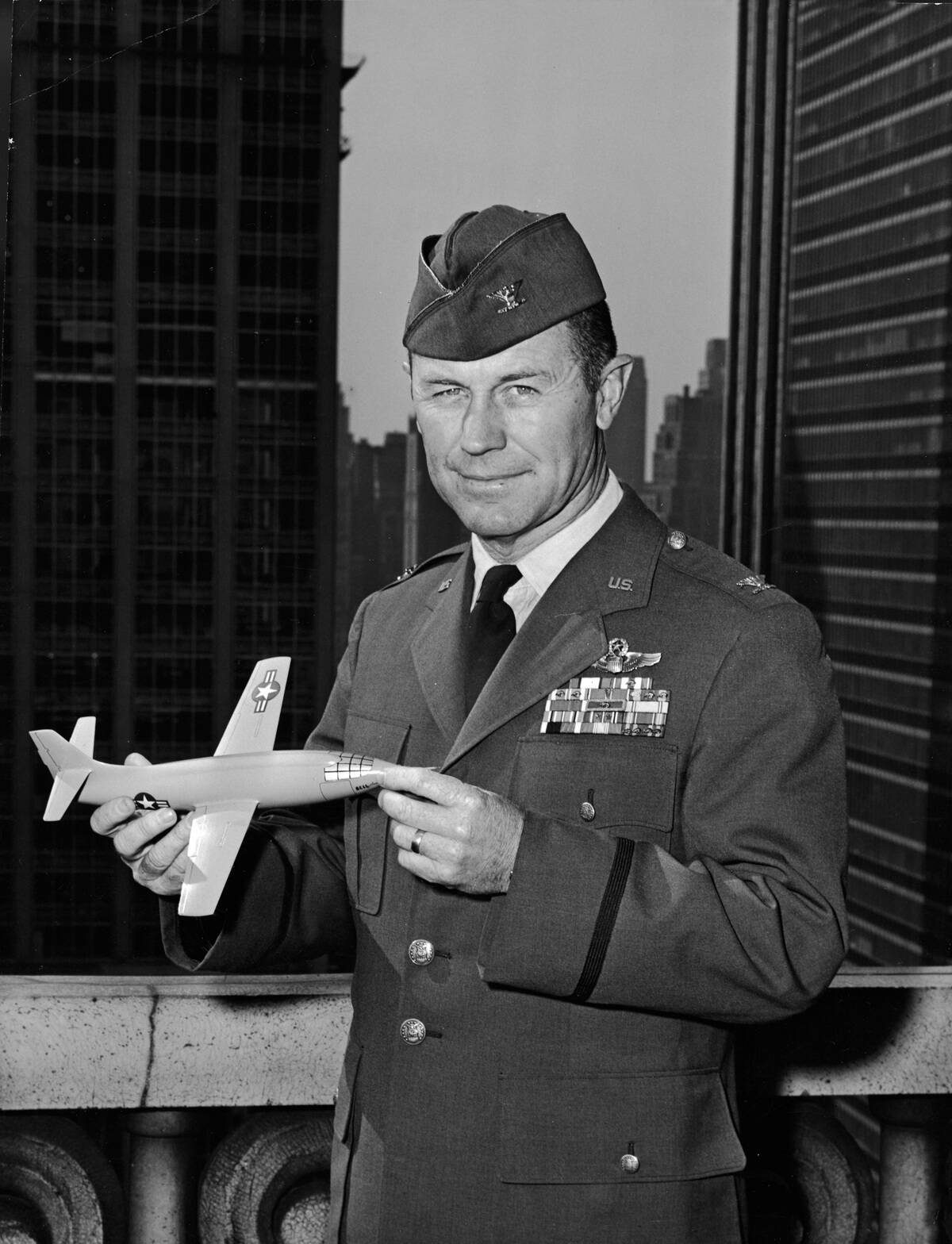
The Golden Age was a time of breaking records and achieving new milestones in aviation. Howard Hughes set a new world speed record in 1938 by flying around the world in just 91 hours.
Meanwhile, the development of the jet engine in the 1940s set the stage for even faster flight, culminating in Chuck Yeager breaking the sound barrier in 1947, a feat that marked the dawn of supersonic travel.
The Influence of Aviation on Pop Culture
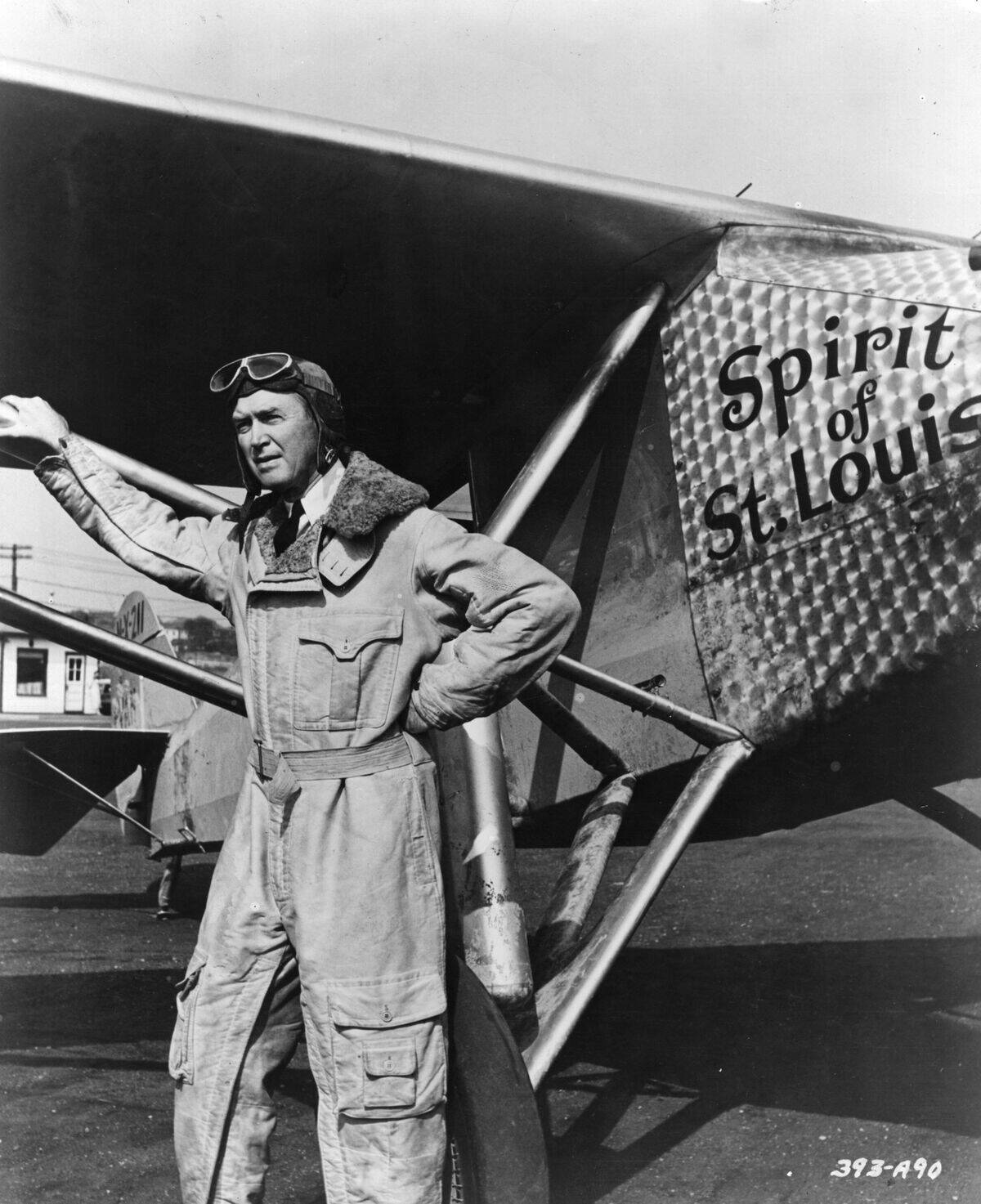
Aviation during the Golden Age seeped into popular culture, influencing movies, literature, and fashion. Films like The Spirit of St. Louis and books such as The High and the Mighty celebrated the romance of flight.
Aviation-themed fashion became trendy, with bomber jackets and aviator sunglasses becoming style staples, further embedding the allure of flying into the cultural zeitgeist.
The Architectural Marvels: Iconic Airports of the Time
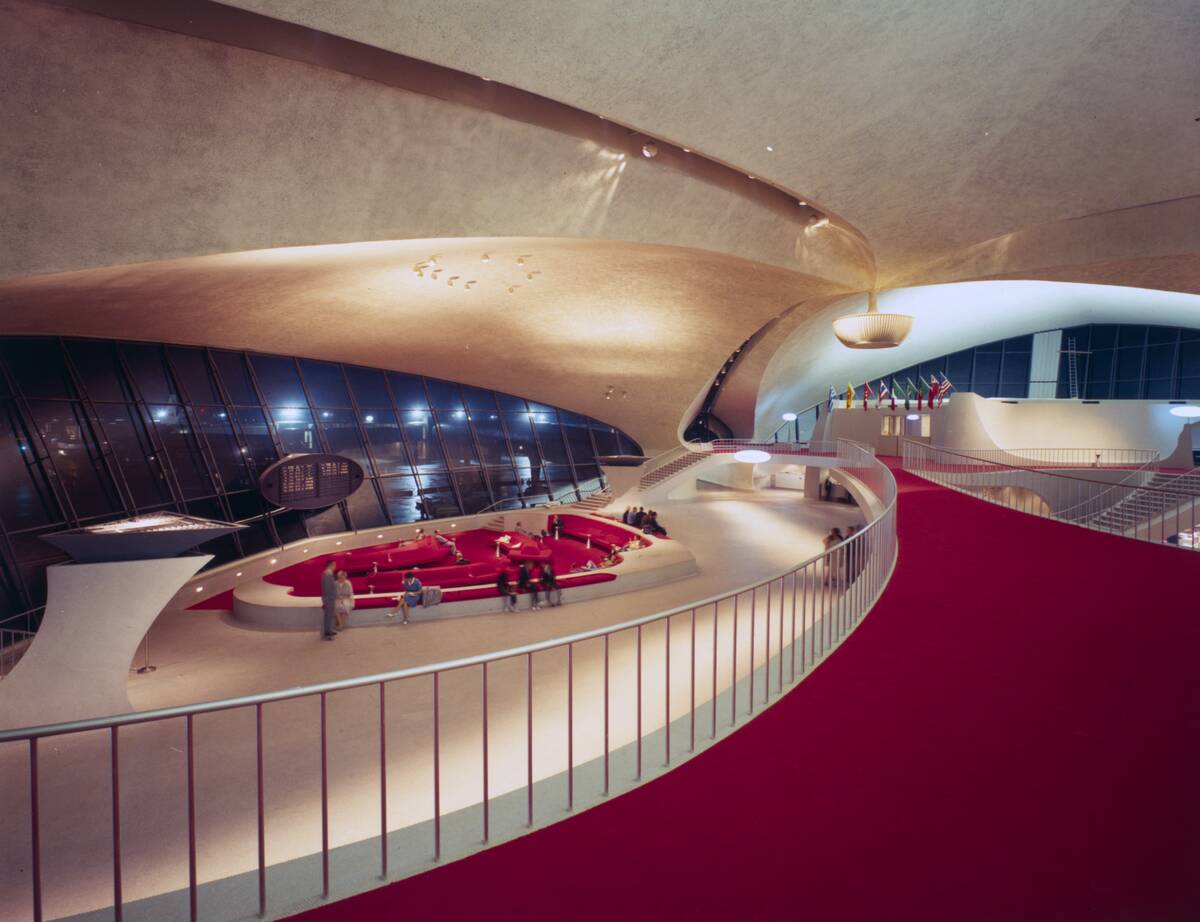
Airports themselves became symbols of progress, with architectural designs that echoed the excitement of aviation. The TWA Flight Center at JFK Airport, designed by Eero Saarinen and opened in 1962, is an example of mid-century modern architecture that captured the spirit of the jet age.
Such structures were more than just transit points; they were landmarks that reflected the futuristic vision of air travel.
The Technological Innovations That Changed the Game
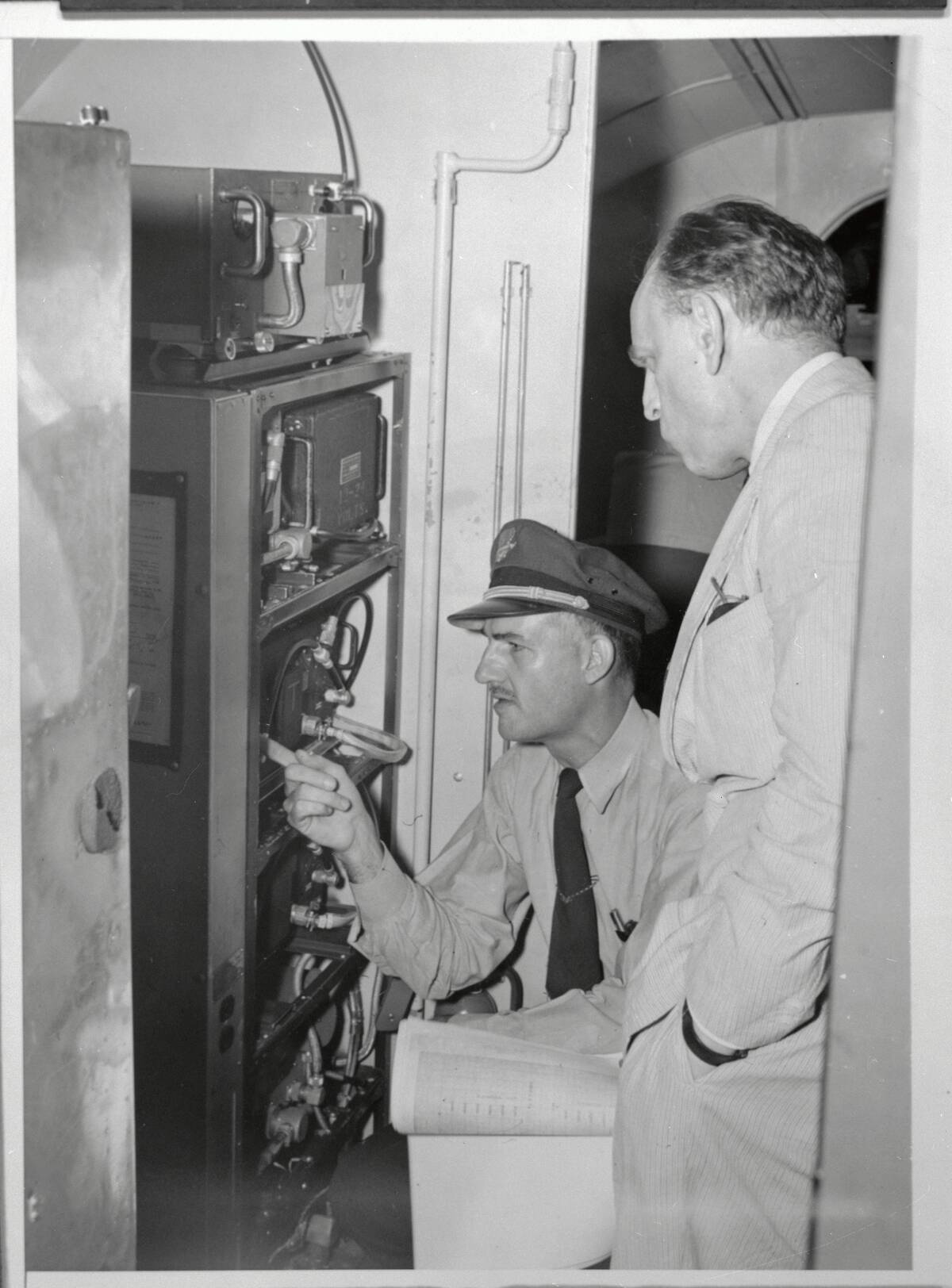
Technological advancements in the Golden Age laid the groundwork for modern aviation. The development of the autopilot in 1912 by Lawrence Sperry made flying safer and more efficient.
The introduction of radar during World War II revolutionized navigation and air traffic control, enabling more precise and reliable flight paths, which were crucial for both military and commercial aviation.
The Impact of Aviation on Global Connectivity
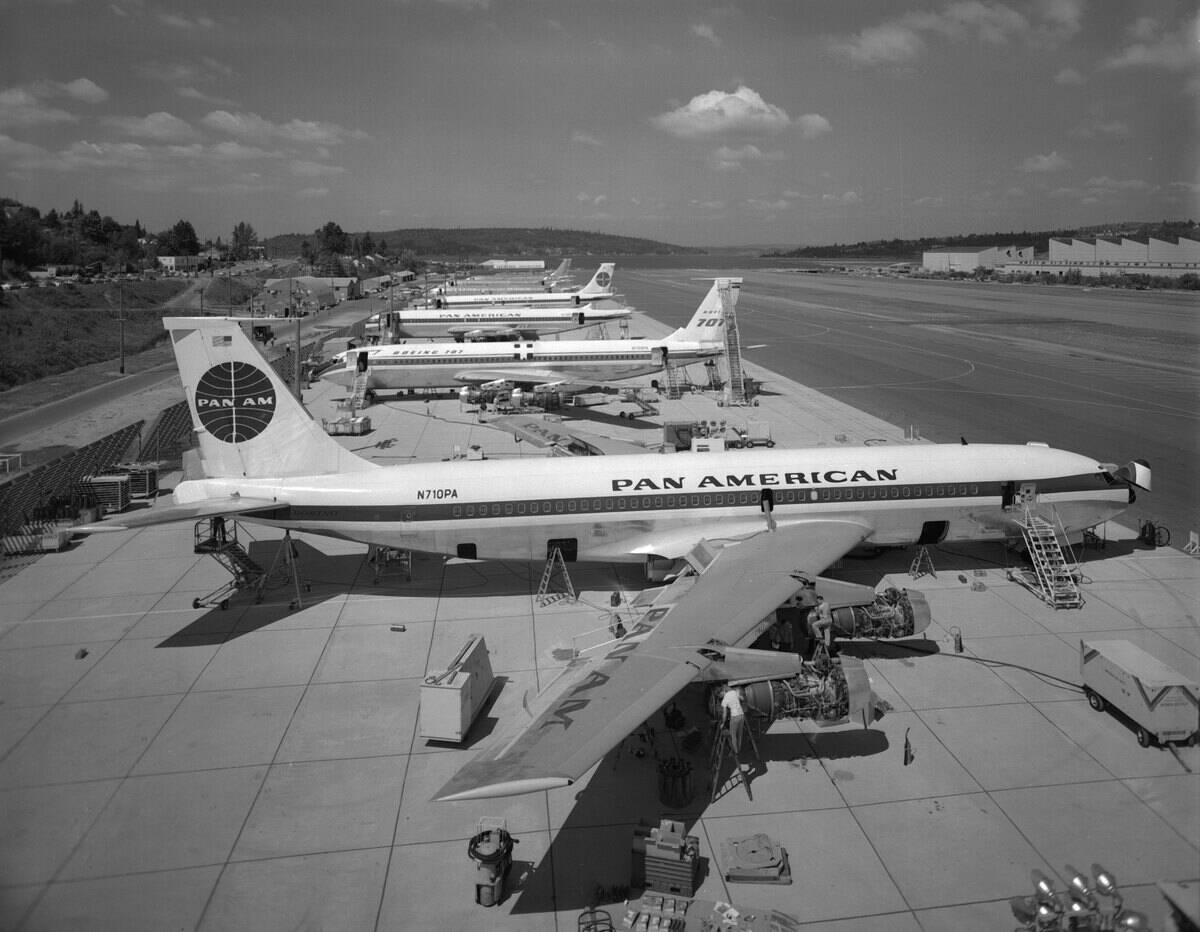
Aviation during this era transformed global connectivity, shrinking the world and bridging distant cultures. The expansion of international routes made it possible for people to travel across continents in a matter of hours, facilitating cultural exchange and economic growth.
This connectivity laid the foundation for the globalized world we live in today, where air travel is a cornerstone of international relations.
Reflecting on the Legacy of the Golden Age of Aviation
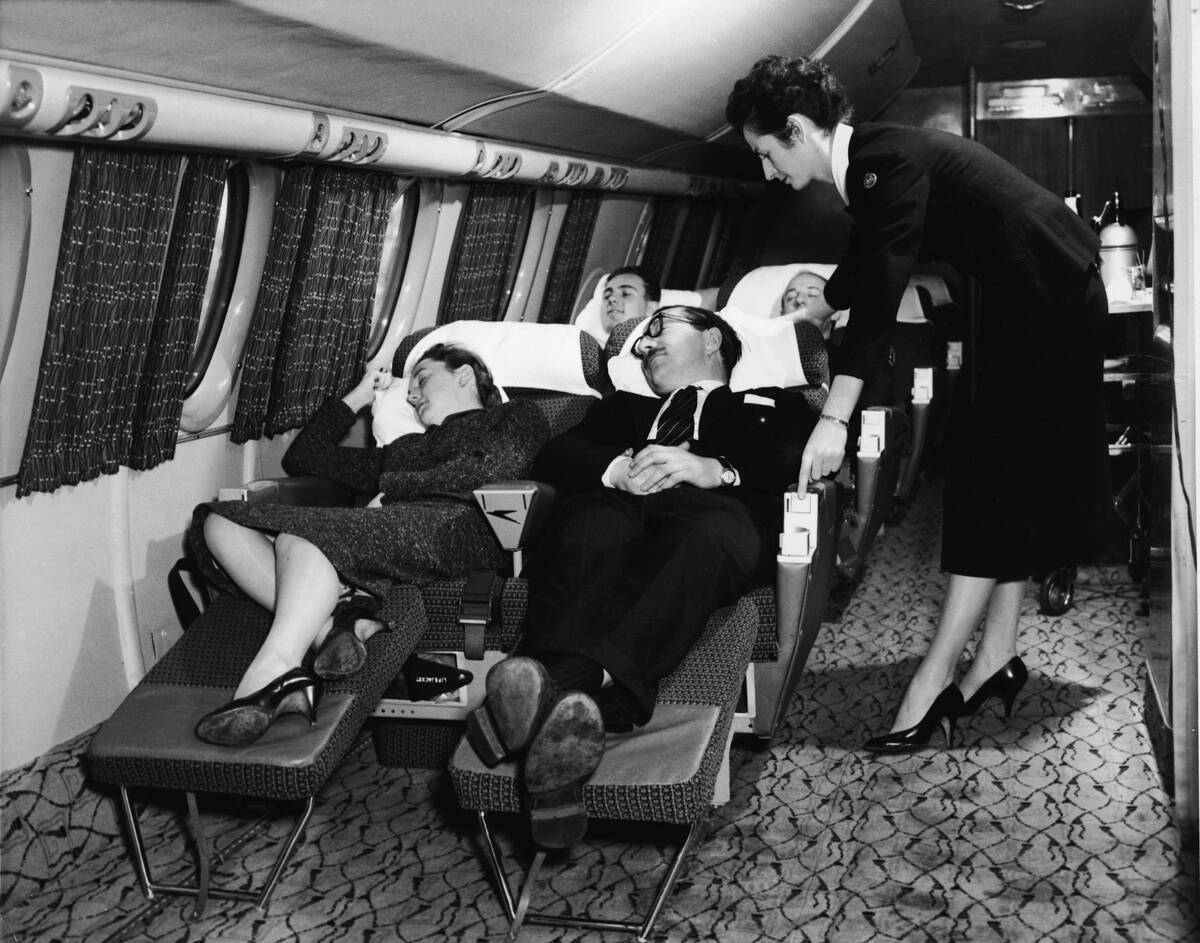
The legacy of the Golden Age of Aviation is one of innovation, adventure, and transformation. It was a period that shaped the future of travel, inspiring countless advancements that continue to impact our lives.
The spirit of exploration and progress from this era remains a testament to human ingenuity and the endless possibilities that arise when we dare to take to the skies.



